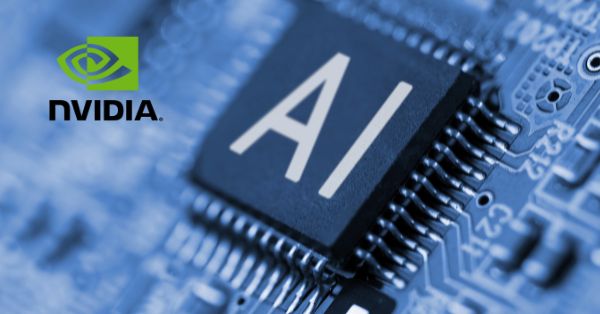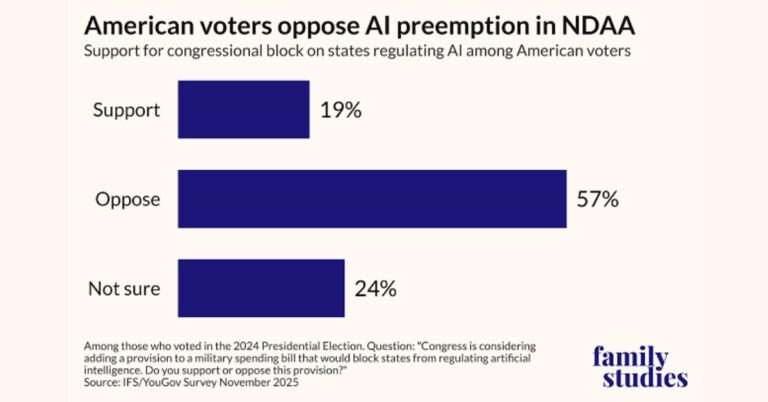India’s Growing Role in NTT Data’s Global Strategy
India is set to become one of the top five revenue-generating markets for NTT DATA, according to CEO Abhijit Dubey. The company has already invested over $3 billion in India’s digital infrastructure and is now committing an additional $0.5 billion to expand its capacity.
Currently, India is among NTT DATA’s top 10 markets, but its rapid economic growth and increasing demand for AI-driven digital infrastructure position it as a key focus area. The company aims to strengthen its presence through investments in data centers, submarine cables, cloud services, IT services, and innovation hubs.
NTT DATA Expands India’s Digital Infrastructure with $3B+ Investments
Since 2011, NTT Data has been building its digital infrastructure in India, with major investments in data centers and submarine cables. The company’s first submarine cables recently landed in Chennai and Mumbai, enhancing India’s global connectivity.
To meet the rising demand for AI and data localization, NTT Data has committed an additional $0.5 billion to expand its infrastructure. This includes 275 megawatts of new operational capacity across five markets, supplementing its existing 300 MW capacity.
NTT DATA Brings AI-Driven Cloud Solutions to India’s Emerging Cities
Beyond metro cities, NTT Data is also exploring tier-II markets to support India’s digital transformation. These regions present untapped opportunities, especially for sovereign cloud solutions that comply with local data regulations.
With AI adoption accelerating across industries, India’s need for scalable, secure, and localized cloud solutions is growing. NTT Data’s expansion into these markets aims to address this demand.
India’s IT Boom: How NTT DATA Is Leading Digital Transformation
NTT Data has a strong presence in India’s IT services sector, serving over 3,000 clients across private and public sectors. Unlike many mature markets, Indian enterprises lack legacy infrastructure, allowing them to adopt next-generation technologies more rapidly.
Additionally, India plays a critical role in NTT Data’s global delivery and innovation strategy, with over 30,000 employees supporting international clients. The company has established India as a Center of Excellence for AI and emerging technologies, further reinforcing its commitment to the region.
NTT DATA Expands Digital Payments Business to Strengthen India Presence
Beyond IT services and infrastructure, NTT Data has also built a presence in India’s fast-growing digital payments industry. This adds another strategic pillar to its operations, complementing its broader push into digital transformation.
India’s Rising Role in NTT DATA’s Global Market Strategy
NTT Data sees the U.S. as its largest and fastest-growing market, contributing over half of the tech industry’s projected growth over the next three years. The UK and Germany also remain key markets, despite economic challenges.
Emerging regions like the Middle East, Southeast Asia, and Africa offer additional growth opportunities, with India playing a pivotal role. Dubey emphasized that NTT Data’s diverse global portfolio gives it an edge in navigating economic fluctuations.
Why NTT DATA Remains Optimistic About the Tech Industry’s Growth
Dubey noted that after a period of economic slowdown, large-scale digital transformation deals are returning. While discretionary spending is still recovering, he expressed optimism about long-term growth.
Despite geopolitical uncertainties, the overall sentiment in the tech industry is positive. With India’s strong economic trajectory, digital transformation push, and favorable investment climate, NTT Data is confident in India’s potential to become a top-five revenue market.
NTT DATA Bets Big on India: A Key Driver for Future Growth
With a strong foundation in digital infrastructure, IT services, innovation hubs, and digital payments, India is well-positioned to drive NTT Data’s next phase of growth. The company’s continued investments in data centers, submarine cables, AI, and cloud solutions will further strengthen its foothold in the region.
As AI adoption and data localization accelerate, India’s role in NTT Data’s global revenue strategy is set to expand significantly, making it one of the company’s most important markets in the years ahead.







































